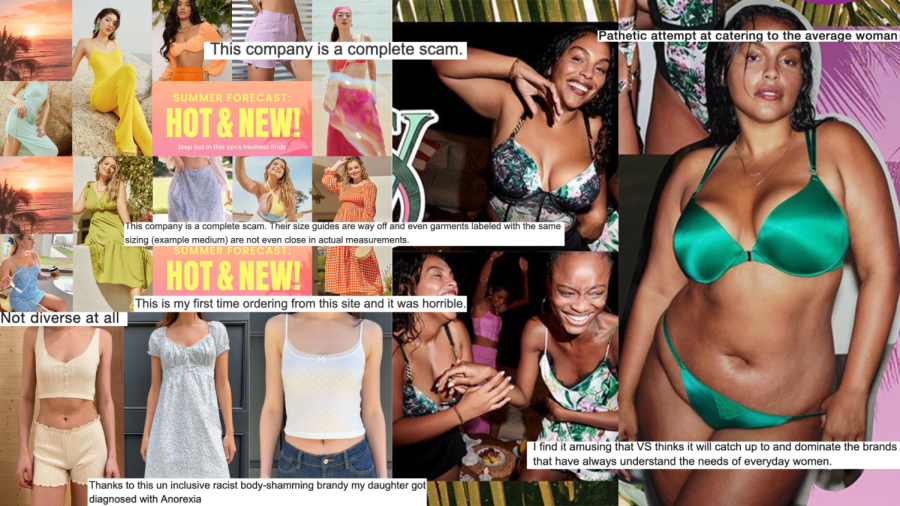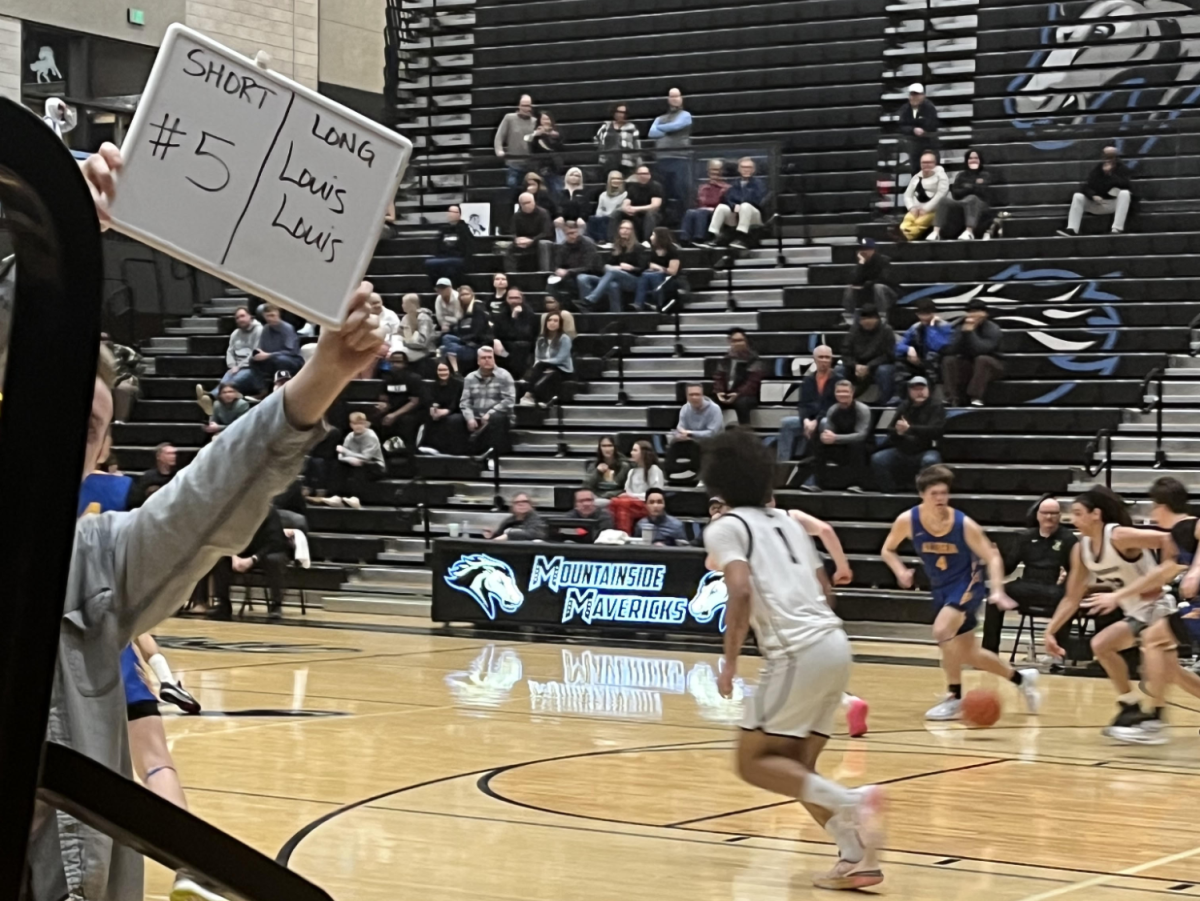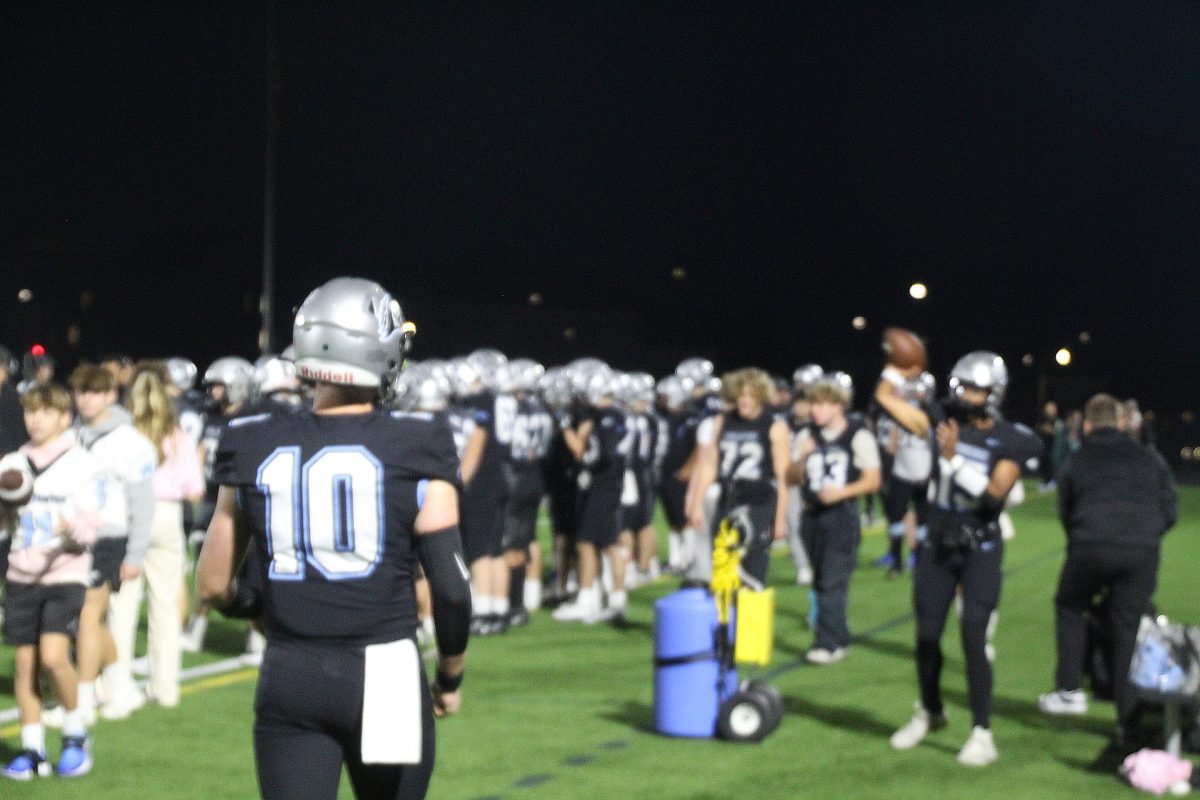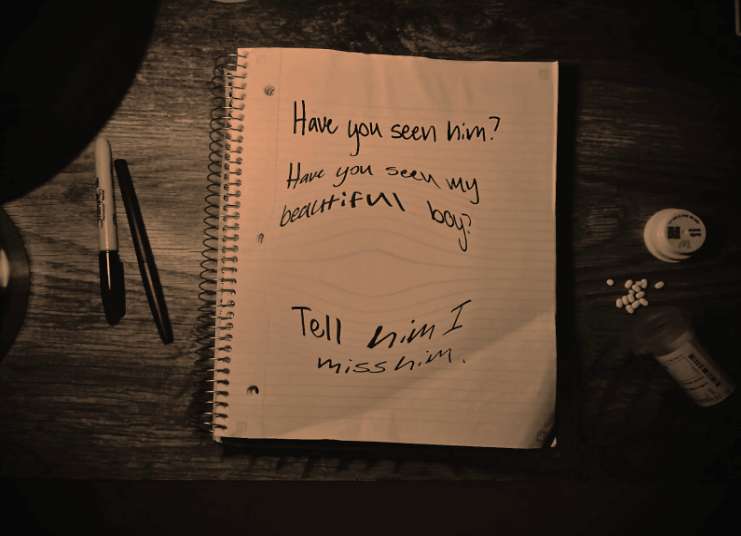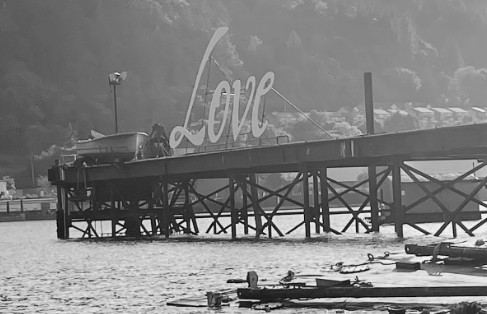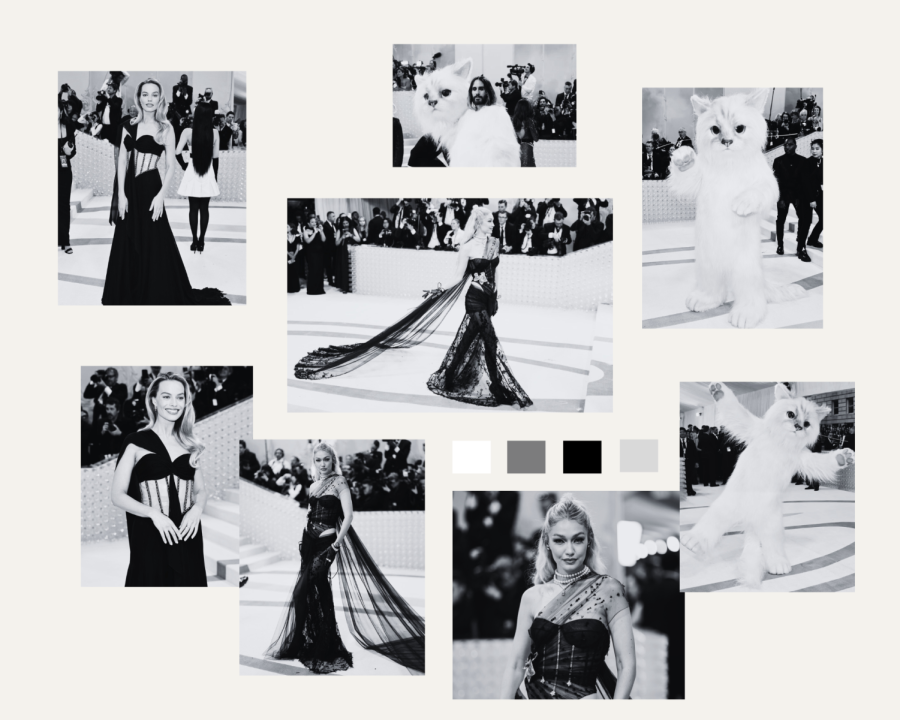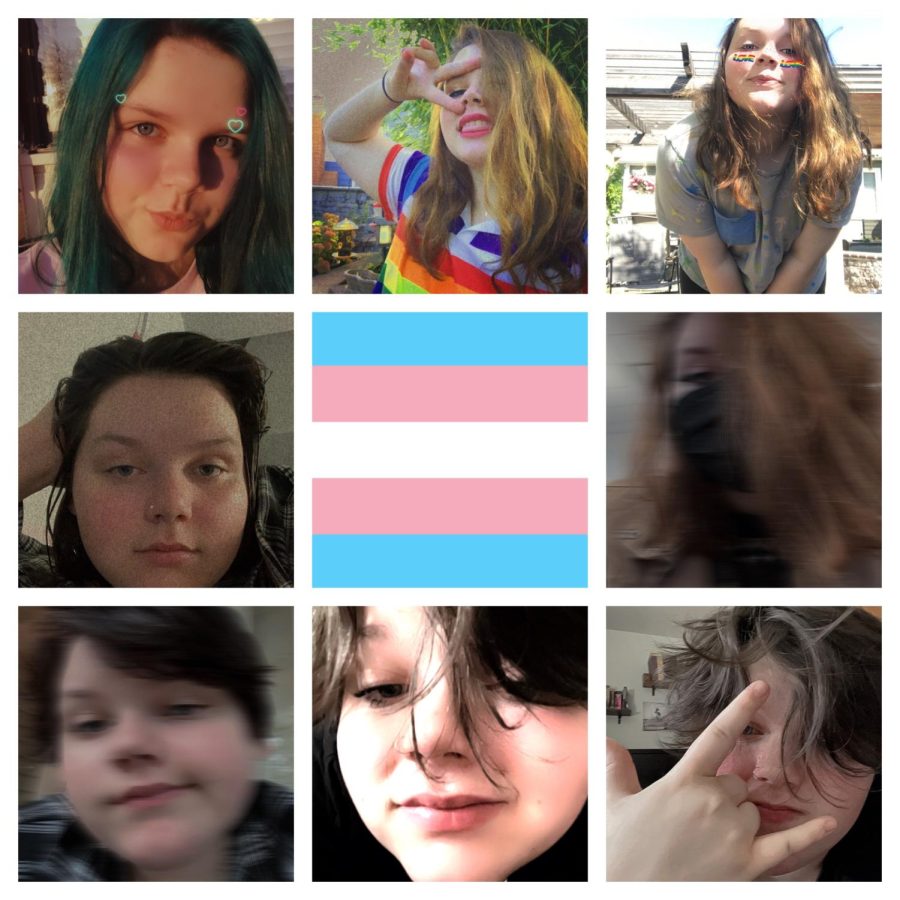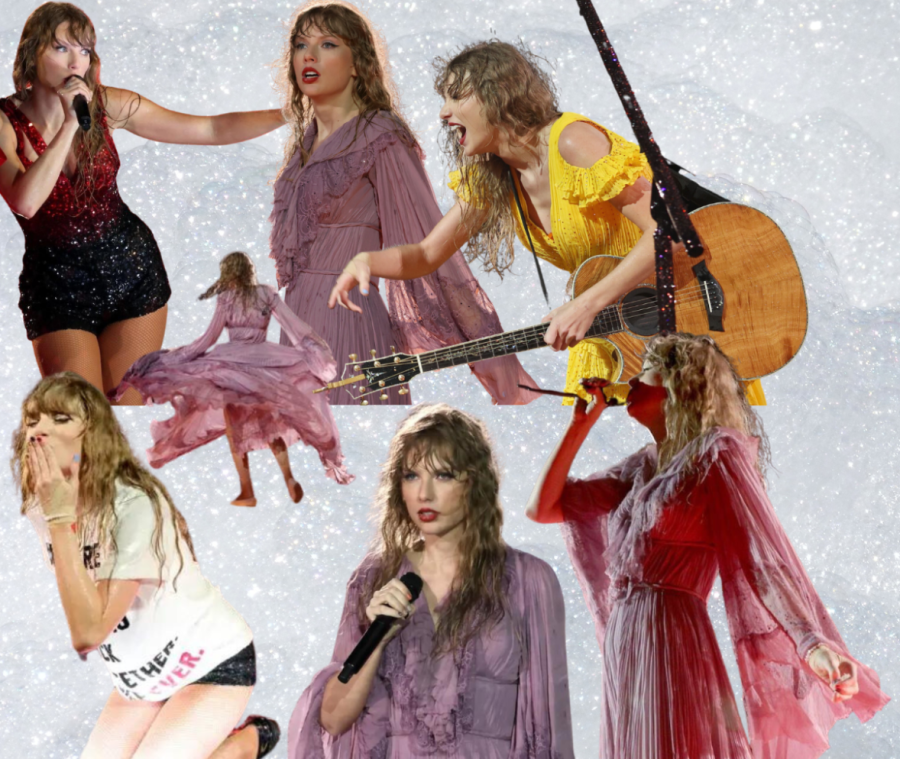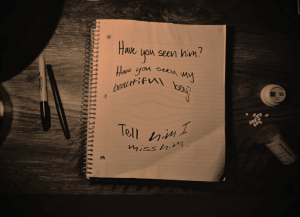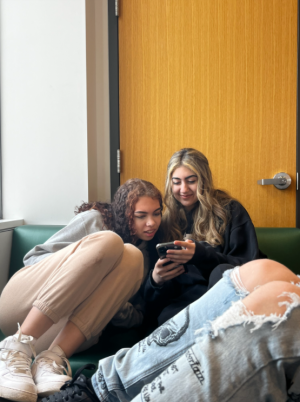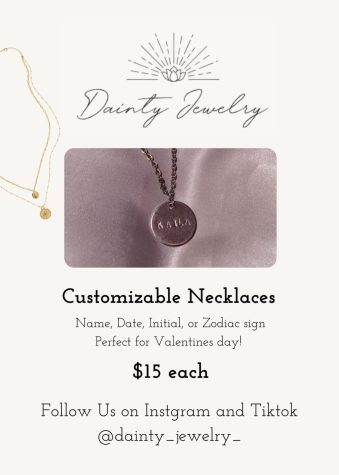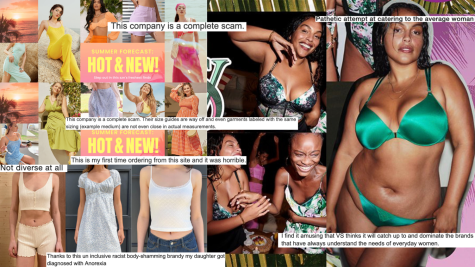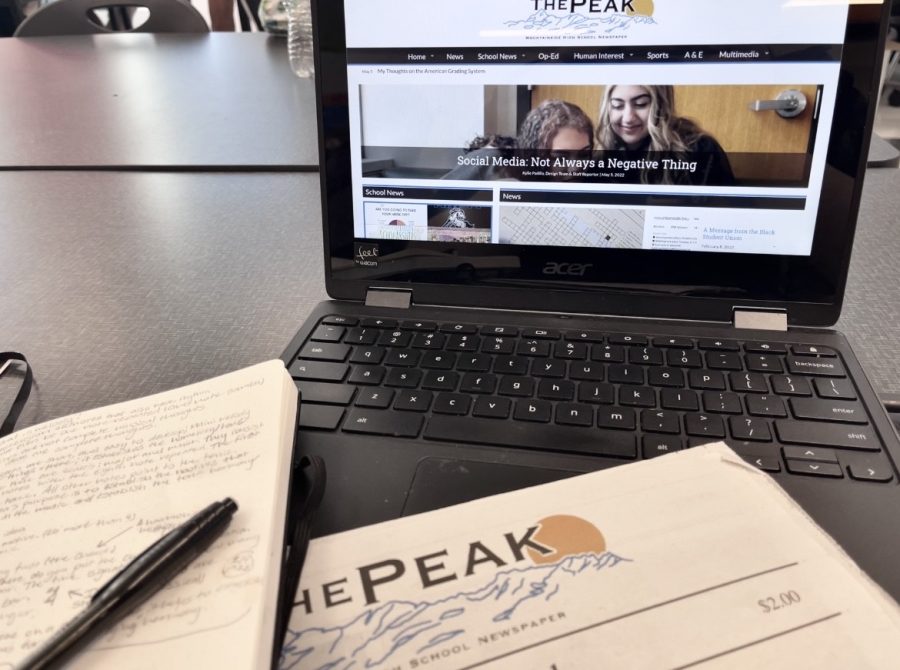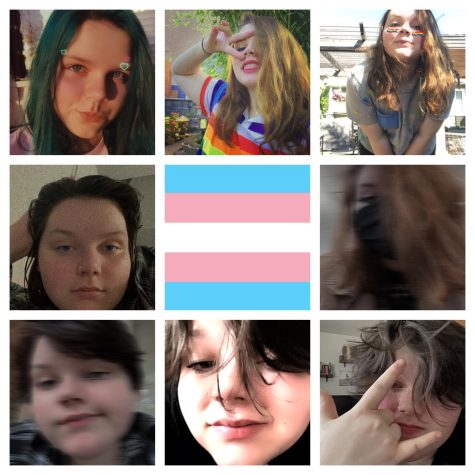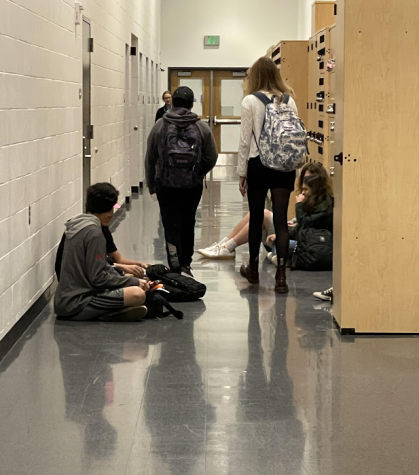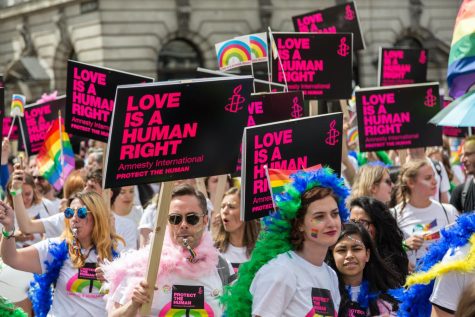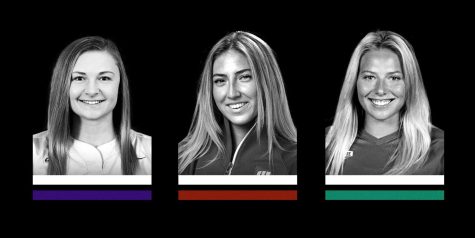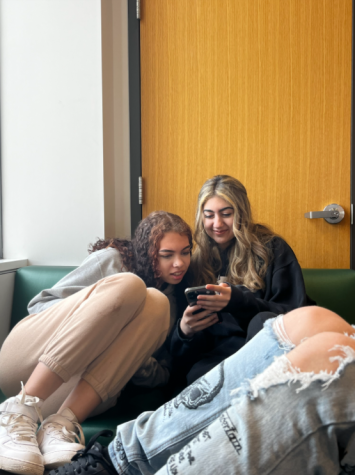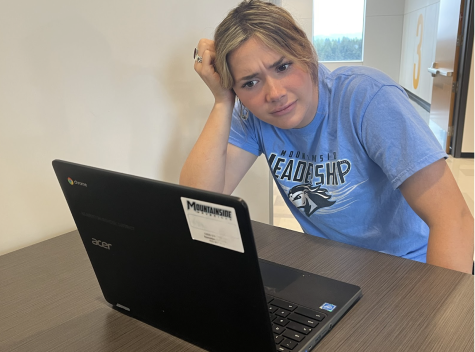Dear Fashion Industry, You Suck
May 11, 2022
Throughout the years the fashion industry has been accused over and over again for not changing the way it perceives plus size fashion, especially in women, low-income fashion, and unfortunately much more.
When it comes to plus size fashion, there is not much variety. Only around 20 percent of the women’s fashion industry is plus size friendly and does not take into account men’s plus size fashion. One brand that promotes plus size is the online brand ASOS. They, like many companies, are centered toward the “typical” beauty standard: a smaller, skinnier physique. The switch only came after being called out by customers. The switch and “acceptance” of plus size fashion seems like more of a PR stunt than an actual attempt at reform.
Another brand that began its “reforming” as plus size friendly is Victoria’s Secret, whose better known for their beautiful size 0-2 models walking down the runway. Again consumers had to rise up to get a multimillion dollar brand to expand its sizing options. In 2019, Victoria’s Secret starting hitting the headlines for hiring their very first plus size or what they call, “first size 14 model.” Although the model doesn’t represent the plus size community in an accurate light, it was what everyone was expecting from a company that exudes the total BMI of 0. They are advertising for what their audience wants, not their “actual” audience, and they are pushing for weight loss.
Another brand, Brandy Melville, whose audience is for teenagers, has a disgusting motto of, “One size fits most.” The size range within the brand is so limited, most of the jeans on the website range between a 25 waist or 26 waist. Although literally all of the models on Brandy’s website are just skinny girls. There is no range for plus size women. Looking into their brand a bit more, there are countless YouTube videos showing plus size women not able to comfortably wear their simple tees, skirts, or jeans.Their “version” of an oversized hoodie were the only articles of clothing that actually fit them in a comfortable way.
For example, YouTuber Cara Dayton did a Brandy Melville try on showing how it fits a size 10-14 and it can be guessed that of course not much of the clothing fit her comfortably. Another YouTuber who is known for trying on many “skinny girl” brands is Sierra Schultizzie, she did a video on how it fits a size 2 and size 12. There is a huge limitation to what size Brandy sells and shows how much of a disappointment the brand is to the plus size community.
Other places like Walmart or Target do have a large range of plus size clothing, but the style looks as if it was meant for grandmothers or young children. Meaning there isn’t much variety that allows plus size women to embrace their style. Although there are plus size online stores that bring much differentiation and accommodate to a wider range of styles like Lane Bryant or ASOS Curve, it is the huge global brands that should accommodate to the plus size community and join the new generation instead of trying to pry away from their reality that not everyone is a size two.
Low income fashion, commonly known as thrifting, fast fashion, etc. is very well known but isn’t treated as fairly as say high income fashion. There is a limit to what is sold for those who have a low income, whether it be crappy material to literally looking as if it was worn several times. There are a lot of well known brands like Kohls, Marshalls, Old Navy, Target, and Walmart that advertise themselves towards low income customers. Most of the clothing is within a 15 to 20 dollar range in these stores.
Although thrift stores have become a more popular place to shop due to how low the prices are, it doesn’t bring awareness to the matter that there aren’t a wide variety of known brands that accommodate to those with low income. The fast fashions brands that do, like Shein or Romwe, use the thinnest and worst material known to man. It is like they know it is cheap and intend on making it clear to the customer.
Shein, a multibillion dollar company, has been known to use bad fabrics. Even customers who receive their orders get clothing that are sometimes ripped or threads are hanging off the pants and shirts. Not to mention, the size charts don’t match most of what customers are looking for. Though the company gets a lot of activity everyday, it still doesn’t help that most of the pieces of clothing only last around a couple months to a year. Even the sale section of some companies like Nordstrom barely lower their prices, so even though it is meant to help accommodate those with low income, paying 25 to 40 dollars in the sale section doesn’t really do much.
Overall, the addressed problems here are only a small part of the bigger issue. The fashion industry needs to bring a change with more of an awareness to the plus size community making it fair and not having a limited amount of clothing for those to choose from. Low income fashion is within that same issue, not only accommodating to those with low income but also treating their employees fairly. Although the fashion industry has come a long way with addressing these issues, there is still a lot of a way to go with several other issues that need that same treatment.



